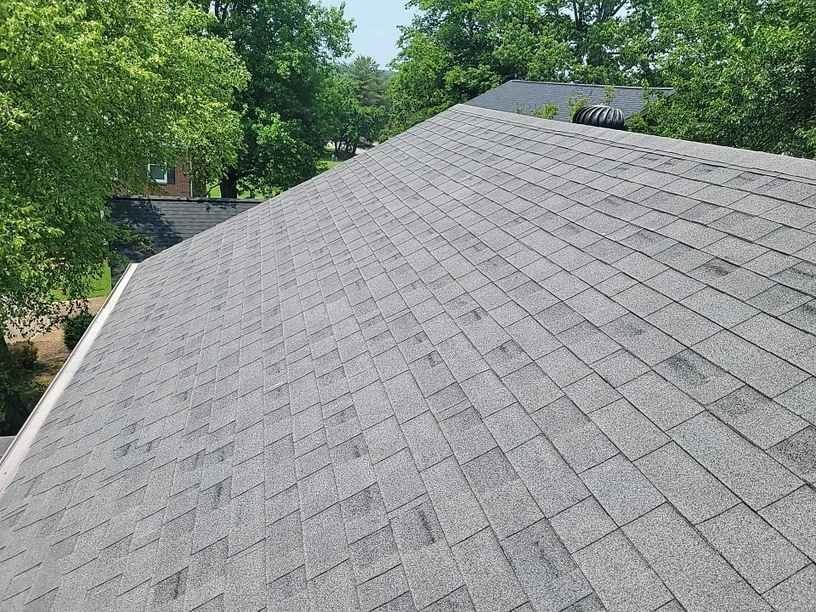
- Learn why roof shingles have granules and how they protect your home.
- Discover early signs of damage and how to tell if shingles are deteriorating.
- Get expert insight into whether granular loss means roof replacement is necessary.
Your roof is the first line of defense against the elements—and when it starts to show signs of wear, it’s crucial to understand what’s happening. One of the most common (and often misunderstood) signs of deterioration is the loss of granules from your shingles. If you’ve ever seen gritty debris collecting in your gutters or downspouts, your roof may be trying to tell you something.
Let’s explore what that means for your roof’s health and longevity—and how to know when it’s time to take action.
Why Do Roof Shingles Have Granules?
Granules aren’t just cosmetic—they’re functional. These small, mineral-coated particles are embedded into the surface of asphalt shingles during manufacturing. Their purpose? To shield the underlying asphalt from the sun’s UV rays, improve fire resistance, and enhance overall durability.
By deflecting harsh sunlight and adding a layer of impact protection, granules extend the life of your shingles. Without them, asphalt would break down much faster, making your roof more vulnerable to cracks, leaks, and weather-related damage.
What Causes Granular Loss?
A small amount of granule loss—especially on new roofs—is completely normal. It’s often just loose material left over from the manufacturing process. But significant or uneven shedding is a sign that something more serious might be going on.
Common causes include:
- Weathering: Over time, exposure to wind, rain, and UV rays breaks down shingles, loosening the granules.
- Storm damage: Hail, heavy rains, or high winds can knock granules loose, especially during extreme weather events.
- Poor ventilation: Excessive heat and moisture in the attic can accelerate deterioration from the inside out.
- Low-quality materials or improper installation: Some shingles degrade more quickly if they weren’t manufactured or installed correctly.
Granular loss is often a symptom of aging or stress—and it can signal that your roof is nearing the end of its life span.
How Can I Tell if My Shingles Are Losing Granules?
Not sure if your roof is shedding granules? There are a few ways to tell:
- Check your gutters: If you notice coarse, sand-like debris accumulating in your gutters or near your downspouts, it’s a likely sign.
- Look at the shingles themselves: Bald patches, uneven coloration, or shiny spots where the asphalt layer is exposed are red flags.
- Inspect the ground: Granules can sometimes be found scattered around the perimeter of your home.
- Watch for dark streaks: These may indicate areas where granules have been lost and moisture is collecting.
Do I Need to Replace My Roof?
Whether your roof needs replacement depends on how extensive the damage is. A few loose granules on a new roof? Not a big deal. But widespread bald spots or exposed asphalt on an older roof could point to a larger problem.
Here are a few signs that replacement might be on the horizon:
- The roof is more than 15–20 years old.
- Granule loss is visible across multiple areas.
- Shingles are curling, cracking, or buckling.
- You’ve noticed leaks or water damage inside your home.
In many cases, proactive maintenance can extend the life of your roof. But if the damage is extensive, replacing your roof may be the most cost-effective long-term solution. Choosing high-quality shingles and working with a trusted contractor can help prevent premature granule loss in the future.
Talk to a Local Roofing Expert
Whether you’re dealing with aging shingles, storm damage, or you’re just not sure what to make of those granules in your gutters, it’s always smart to get a professional opinion. Jack C Wilson Roofing has been helping homeowners protect their roofs for decades, and their team knows exactly what to look for—and how to fix it.
Ready for a roof you can count on? Contact Jack C. Wilson Roofing today and let our trusted experts get the job done right!

